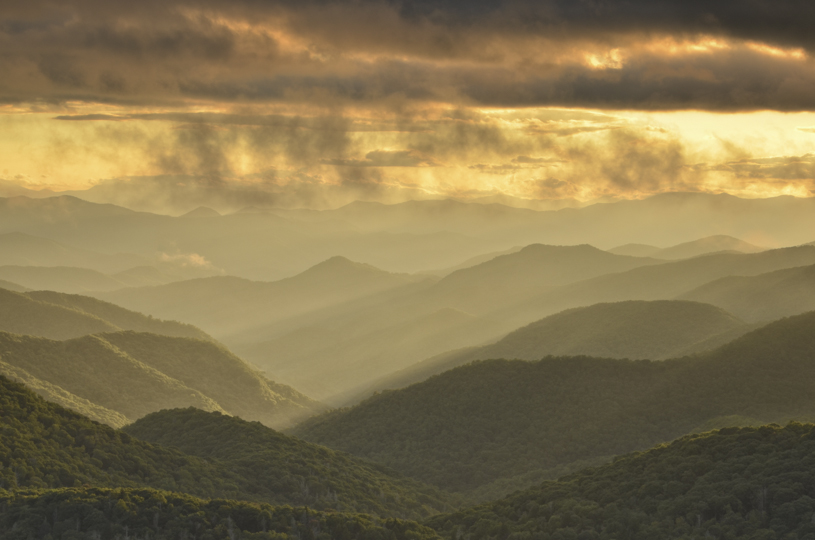Happy Saturday! Did you recognize the tracks from last week’s puzzler as those of a wild turkey?
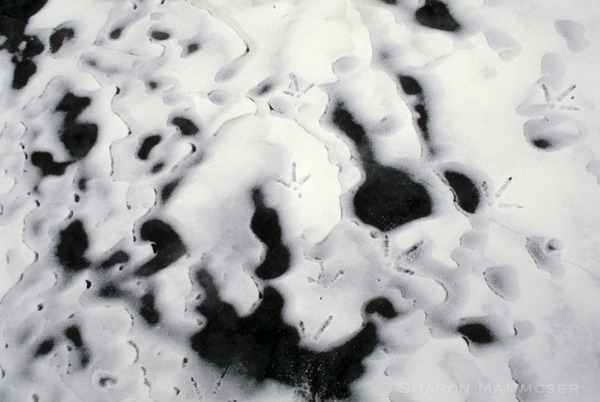
As you may know, wild turkeys stay active throughout the winter.
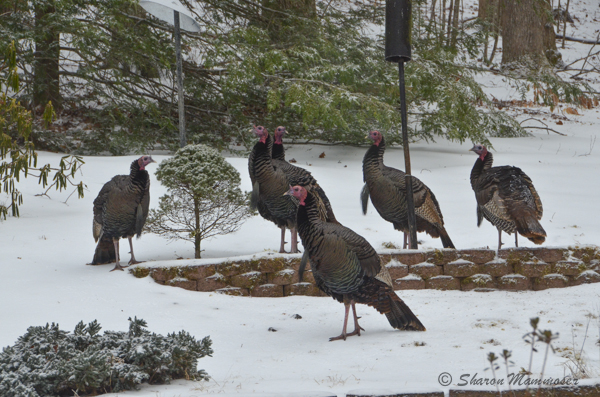
Check out the big feet on these guys!
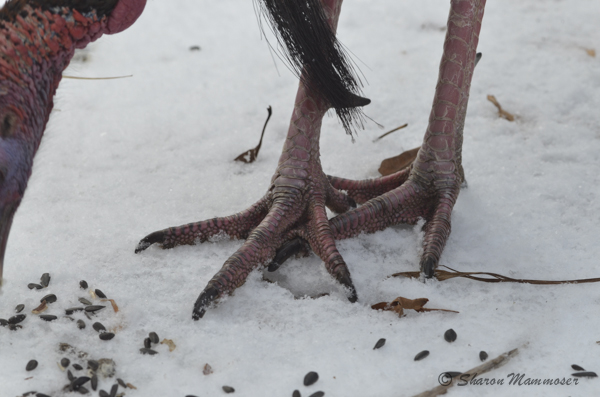
As I mentioned last week, the track of a wild turkey is 3.5 -4.5 inches long and around 4 inches wide. This is a big foot, that makes a big track! Some of my readers guessed it might be crow tracks. By comparison, crow tracks are about 2 inches long, and their cousins, the raven have a track that’s 2.5-3 inches long. Crow tracks are shaped differently, having the extra part in the back of the track.
Here is a diagram from Peterson Field Guides to Animal Tracks by Olaus J. Murie:
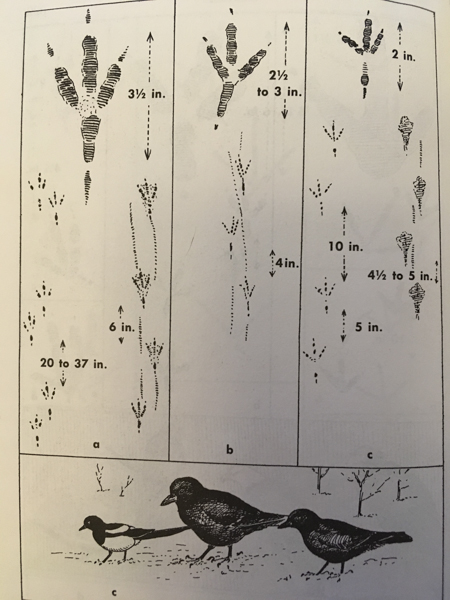
There is one track that would look very similar and is just a bit smaller at 3.25 inches long, and that is from a sandhill crane, but in the place that I took these photos (eastern New York state) in winter, sandhill cranes are not present.
Here’s a diagram from the same Peterson Field Guides to Animal Tracks by Olaus J. Murie showing three tracks, a sandhill crane, wild turkey and great blue heron.
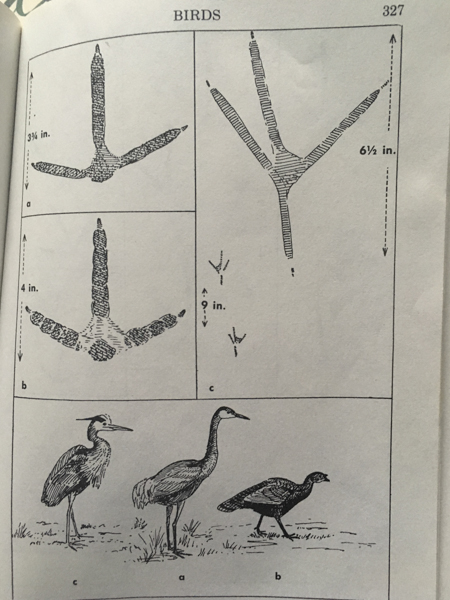
Notice the difference between the great blue heron and the wild turkey tracks. Here’s a great photo showing the turkey foot as it touches the snow. You can see how the track could register that back claw if the snow was deeper.
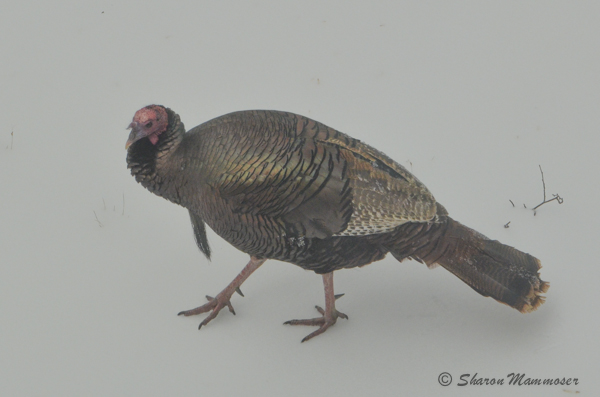
Do you know how many feathers an average turkey has? Or how you can tell a male from a female? Or what that sharp-looking spike is on the backside of their legs?
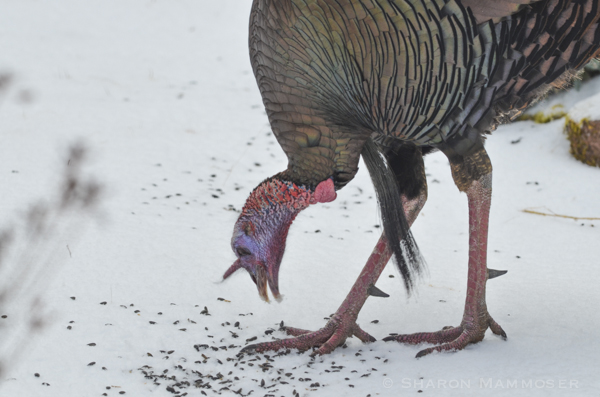
I wrote a post a few years about about 10 Things You May Not Know about Wild Turkeys, . It features a video I shot of some turkeys a few years ago in Great Smoky Mountains National Park. It will probably answer all of your questions about wild turkeys. And if not, do feel free to use the comment box below to ask a question. I always love to hear from you!
Here are a few more photos of wild turkeys:
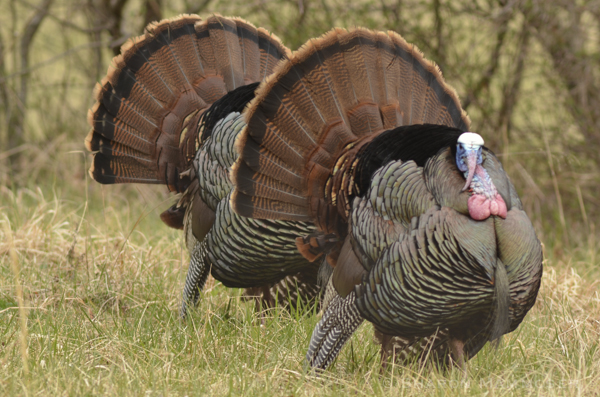
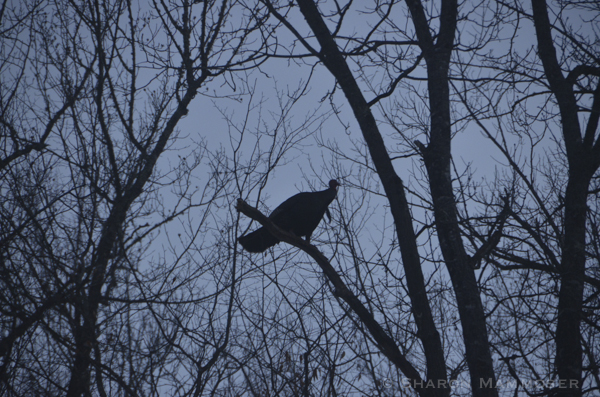
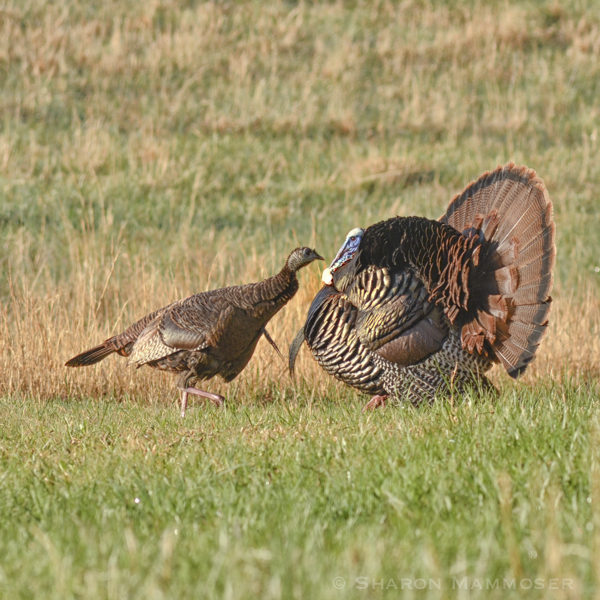
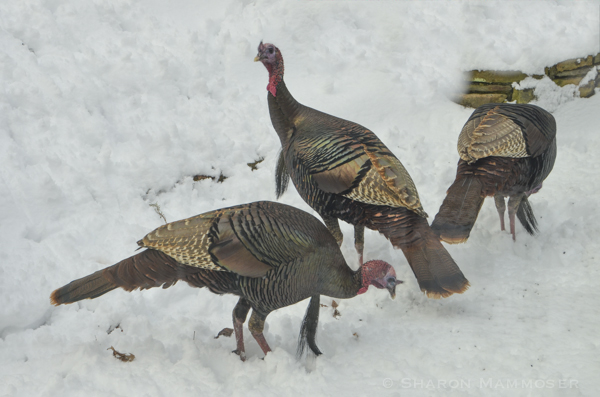
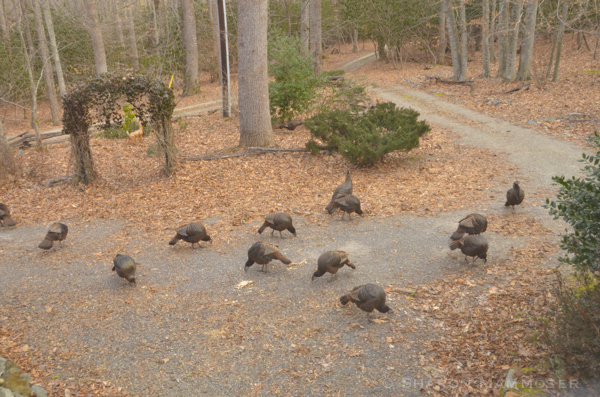
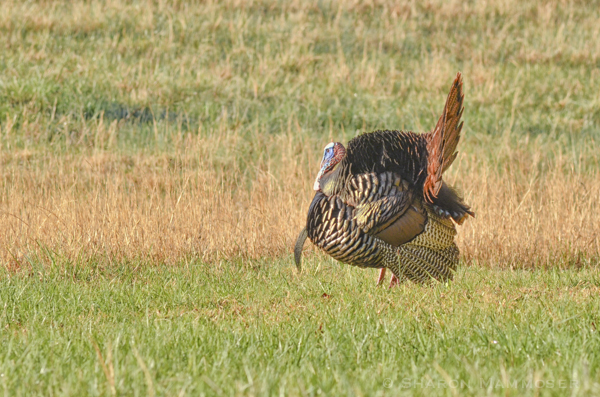
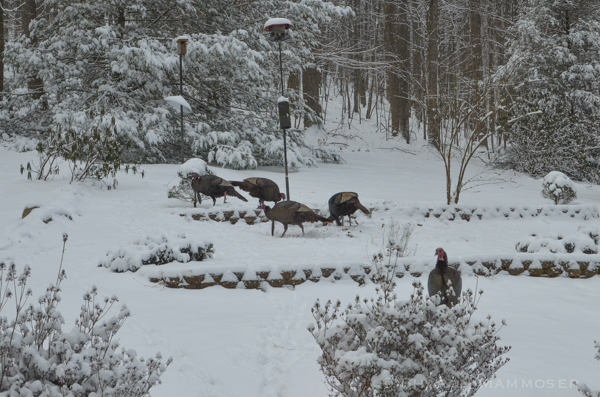
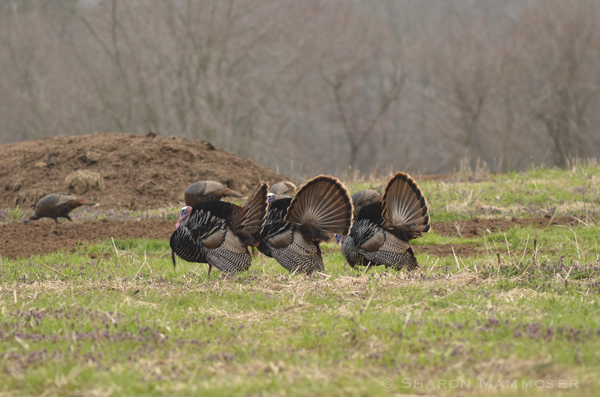
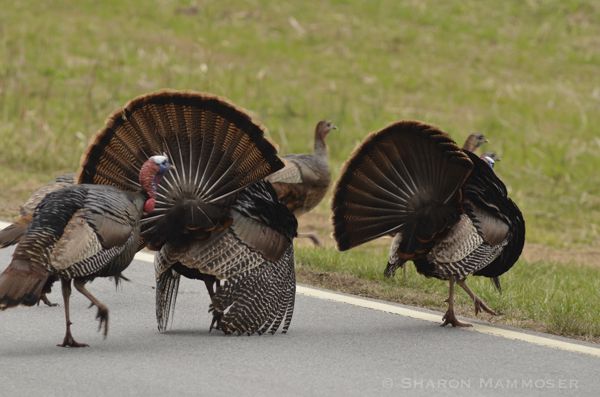
Here’s our next puzzler–another bird, though this one is a shore bird, not to be found in my backyard in western North Carolina! Check it out and see if you know its identity.

